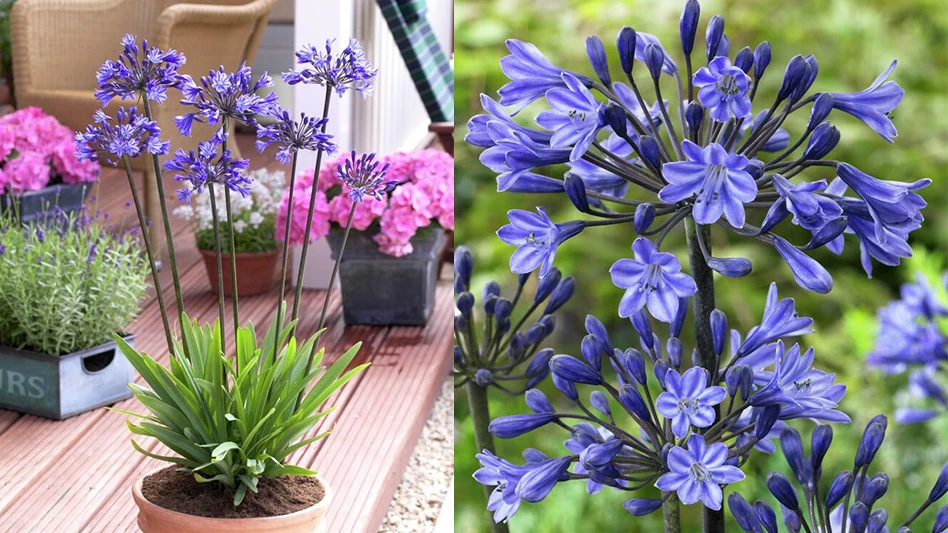 Landscapers might call it the ouchless holly
Landscapers might call it the ouchless holly
Dense growth and superior foliage make Ilex cornuta 'Carissa' an ideal foundation plant or low hedge. Consumers and landscape workers appreciate it because it's less prickly than many of the other hollies on the market.
Carissa holly has become widely used in southern climates, primarily as a substitute for the overplanted
Its habit is a compact, densely branching mound. Foliage is lustrous, waxy dark green above, flat olive green beneath. Leaves have one soft spine on the tip and are up to 3 inches long. New growth can revert back to a seven-spine leaf (remember, 'Carissa' was developed as a branch sport of 'Rotunda'); this growth should be pruned out. Plants can develop a cupping look in leaves, a response to stress from not receiving enough water, too much heat for too long, and so on., but this won't hurt the plant.
Flowers, which are rare, are tiny and yellowish. 'Carissa' rarely fruits.
This dwarf form reaches 3-4 feet high and 4-6 feet wide at maturity.
'Carissa' was introduced by Wight Nurseries in
Cultural tips
Carissa holly tolerates a range of conditions and soil types, except wet soils and high-salt soils. It is very heat and drought resistant. In most sites, plants require only minimal supplemental irrigation once established in the landscape. Provide one or two applications of a balanced fertilizer yearly to maintain good leaf color and adequate growth.
Propagation is by cuttings only.
Like many hollies, 'Carissa' can be bothered by scale insects and aphids.
Carissa holly prefers sun to part shade to maintain a full shape. It is hardy to USDA Hardiness Zone 7, but some references promise hardiness to Zone 6. It definitely is less cold hardy than 'Dwarf Burford.'
In the landscape, plant 3-4 feet apart to form a hedge, farther apart in a shrub border. It is often used as a mass planting on commercial properties to form a tall groundcover or low shrub mass around parking lots. This holly requires minimum pruning to maintain its mounding shape. Growth rate is moderate to slow.
- Kevin Neal
Specifics
Name: Ilex cornuta 'Carissa'
Common name: Carissa holly.
Family: Aquifoliaceae.
{sidebar id=2}
Description: A dwarf holly that grows 3-4 feet tall and 3-5 feet wide. They don't produce berries like many hollies, but their durability and size make them a nice choice for foundation plantings.
Hardiness: USDA Hardiness Zones 6-9.
Latest from Garden Center
- Meet the All-America Selections AAS winners for 2025
- AmericanHort accepting applications for HortScholars program at Cultivate'25
- 2025 Farwest Show booth applications now open
- The Garden Center Group hosting 'The Financial Basics of Garden Retailing Workshop Series'
- Weekend Reading 11/22/24
- Hurricane Helene: Florida agricultural production losses top $40M, UF economists estimate
- Terra Nova Nurseries shares companion plants for popular 2025 Colors of the Year
- Applications open for Horticultural Research Institute Leadership Academy Class of 2026





